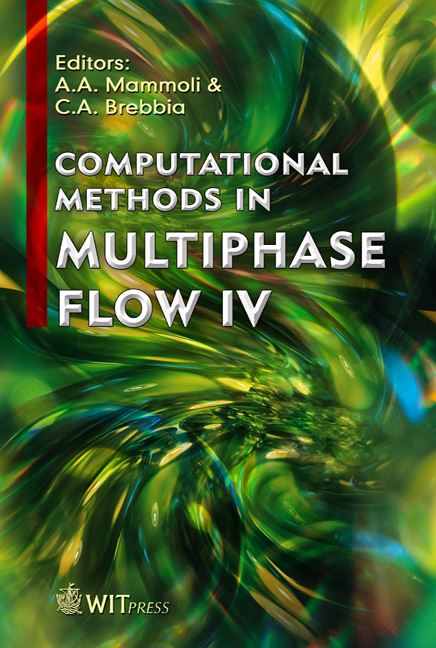Hydrodynamic Transmission Operating With Two-phase Flow
Price
Free (open access)
Transaction
Volume
56
Pages
10
Published
2007
Size
858 kb
Paper DOI
10.2495/MPF070361
Copyright
WIT Press
Author(s)
M. Bărglăzan, C. Velescu, T. Miloş, A. Manea, E. Dobândă & C. Stroiţă
Abstract
Heavy automotive vehicles and automobiles are, almost exclusively, equipped with automatic hydrodynamic transmissions. This article is devoted to one of the possibilities to control the operation of hydrodynamic transmissions through partially filling the torque converter with liquid. The investigation was centred on torque converters with two-phase flows, namely oil–air. There are proposed theoretical, numerical models and an experimental facility, testing rig, was erected. The obtained results are in the hydrodynamic field (velocities and pressures) in the torus and the characteristic curves of the two-phase flow hydrodynamic transmission. Keywords: hydrodynamic transmission, torque converter, two-phase flow, numerical models, experimental facility, characteristic curves. 1 Introduction Torque converters are now commonly used in a wide variety of applications requiring smooth torque transmission, most notably in automobiles. They usually consist of an input shaft that drives a pump impeller and one or more added set stator vanes, and between them the turbines stage runners that transmit the torque to an output shaft coaxial with the input shaft. All this, inside the hydrodynamic circuit, forms a torus filled with fluid, which is usually hydraulic oil. The device is normally equipped with a cooling system to dissipate the generated heat.
Keywords
hydrodynamic transmission, torque converter, two-phase flow, numerical models, experimental facility, characteristic curves.





